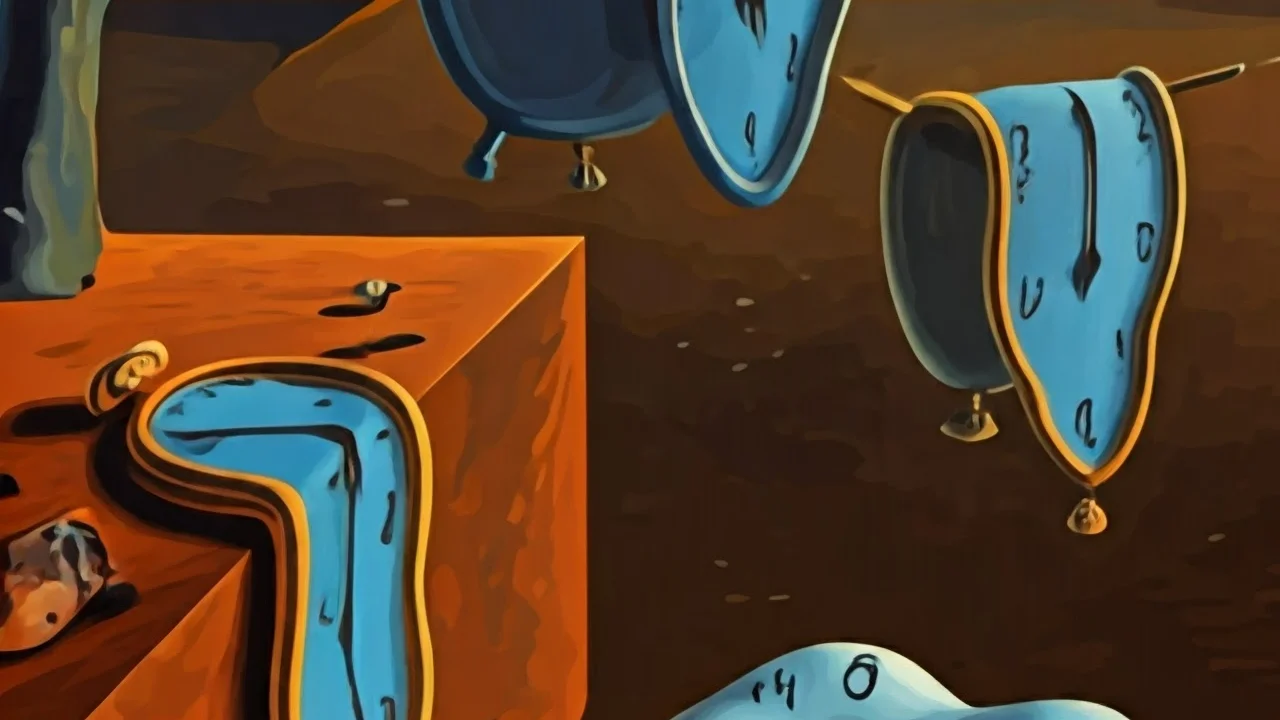
One hundred years have passed since André Breton published the Surrealism Manifesto in the autumn of 1924, marking the official birth of one of the most revolutionary artistic movements of the 20th century.
Visualizza questo post su Instagram
Surrealism: challenging our ego
The purpose of Surrealism was to explore the potential of the unconscious, dreams and free associations. The aim was to access a higher reality beyond the visible and rational one. Max Ernst, Salvador Dalí, René Magritte, Man Rey and all those who joined the movement intended to break with traditional conventions. Their works, seemingly strange, illogical and alienating, aimed to reveal dormant or repressed parts of our ego.
Visualizza questo post su Instagram
After all, just twenty-five years earlier, Sigmund Freud completely disrupted the way we perceive ourselves and reality. In 1899, The Interpretation of Dreams was published. The theories of the father of psychoanalysis were a fundamental reference point for Breton and the Surrealists. The idea that dream activity was the ‘royal road’ to access our unconscious was developed in paintings with a dreamy and alienating character. Capable of creating a short circuit between what is real and what is not.
@p55.art If you like Salvador Dali artworks, you need to see this! Yeees, these are drawings made by Salvador Dali. The Spanish Artist worked with Disney to create this animated film. See here!! #salvadordali #shortfilm #animation #disney #disneyworld #disneyfilms #dali #surrealism #p55art #dream #maiorsonho #trendsdasemana #stunotiktok #espanhol #artists #new #newtrend #artwork #artdaily #artistsoftiktok #artistsupportartist #artistsupport #film #curta #tiktokfilms #tiktokfilm #movie #needtosee ♬ original sound – P55.ART
Freud and the Surrealists: exploring the unconscious through art
The free association theorised by Freud to allow his patients to express thoughts without rational filters allowed Surrealism to develop psychic automatism. A technique that involved the spontaneous creation of texts or drawings, without censorship. It was André Masson and Max Ernst who used this mode of expression in particular.
In Zoomorphic Couple (1933, Venice, Peggy Guggenheim Collection), for example, Ernst allows himself to be guided by the shapes suggested by a rope thrown across the canvas. The question to ask is: what do I see there? What has randomness pulled out of my unconscious? In this case, Ernst’s mind generates a shape that recalls a bird, an animal that fascinated him, and an undefined image of a human being.
Zobrazit příspěvek na Instagramu
Surrealist works also contain many Freudian references to the sexual sphere, death, and childhood. For example, in Dalì‘s famous work Venus de Milo with Drawers (1936, Chicago Art Institute), the famous Hellenistic goddess of love is ‘dissected’ by various drawers. They symbolise the containment of sexual desires and fantasies, closed and hidden from consciousness. By opening the drawers, repressed fantasies are released and the need to explore them is satisfied.
Visualizza questo post su Instagram
The idea of surpassing reality by probing our unconscious has proved fertile ground not only for painting and literature, but also for film and, surprisingly, fashion.
Elsa Schiaparelli and Surrealism: an artistic dialogue
In this sense, the Italian fashion designer Elsa Schiaparelli emerges as one of the most iconic figures. Interweaving her aesthetic vision with the dreamlike and extravagant themes of surrealism, she transformed the creation of clothing into true artistic operations.
Visualizza questo post su Instagram
Born in Rome, in Palazzo Corsini, in 1890, Elsa Schiaparelli grew up in a cultured and aristocratic family. After living in London and New York, where she began to frequent the artistic avant-gardes of the time, she moved to Paris in 1922. In France, thanks to her acquaintance with the greatest couturier of the time, Paul Poiret, her light bulb went on. Her path is that of fashion.
Lobster and fur: Avant-garde between art and fashion
His creations were immediately distinguished by their extravagant and original character, becoming world-famous. The link between them and the world of art, so dear to Schiaparelli, intensified over the years. So much so that real collaborations between the designer and the avant-garde artists of the day were born.
An iconic example of this synergy between art and fashion is the ‘Lobster’ dress designed with Salvador Dalì. A silk evening dress with an imposing painted lobster, a symbol of irony and provocation. Or the fur bracelet that Schiaparelli had made for Meret Oppenheimer. A surrealist artist who covered a coffee cup with fur, creating an alienating, erotic effect (Object, 1936, New York, MoMa).
Schiaparelli, besides inventing bizarre accessories, such as the shoe-shaped hat or dresses with trompe-l’œil details, even invented a colour: shocking pink. It is thanks to her, therefore, that what we commonly call fuchsia exists.
Visualizza questo post su Instagram
Ultimately, his creations became symbols of an irreverent and sophisticated aesthetic. And they were capable of bringing surrealist art into fashion. After closing his fashion house in 1954, Schiaparelli remained an influential figure, whose creative spirit continues to inspire contemporary stylists and designers.
From the 1930s to the present day: Schiaparelli’s legacy continues to surprise
Of course, it is not easy to bring such an important, strongly marked and therefore somewhat cumbersome legacy into the present. Succeeding in the difficult task was Daniel Roseberry, artistic director of the maison from 2019. In his garments one can still read that 1930s allure that so characterised Elsa’s creations. But it is reinterpreted in a contemporary and fresh key.
Just as Schiaparelli transformed the banal into the extraordinary, using unexpected elements such as insect-shaped buttons and playfully shaped accessories, so Roseberry sews noses, eyes and locks onto her creations.
On the occasion of the Spring-Summer 2024 fashion show, she paid homage to some of Elsa’s most iconic creations. She, for instance, paraded a model with an enormous lobster necklace. A tribute to the iconic dress imagined with Dalì in mind.
Visualizza questo post su Instagram
Huge eyes also appear on jewellery, bags and clothes, calling to mind an iconic work of surrealism: René Magritte‘s The False mirror (1929, New York, MoMa). In the painting, one sees a large eye, whose iris is actually a piece of sky. The subject, after all, fascinated many Surrealists: it is, in fact, through sight that the world gives itself to our perception. The eye is thus a border, a threshold between the inner self and the outer world.
Visualizza questo post su Instagram
After some time, Roseberry has managed to bring Schiaparelli back to the divas, the red carpets and the pages of fashion magazines. Showing how, a hundred years later, surrealism has not aged at all. On the contrary, it continues to exert its fascination and to remind us that art, like fashion, can and must always surprise and amaze. But above all, push beyond the boundaries of reality.






